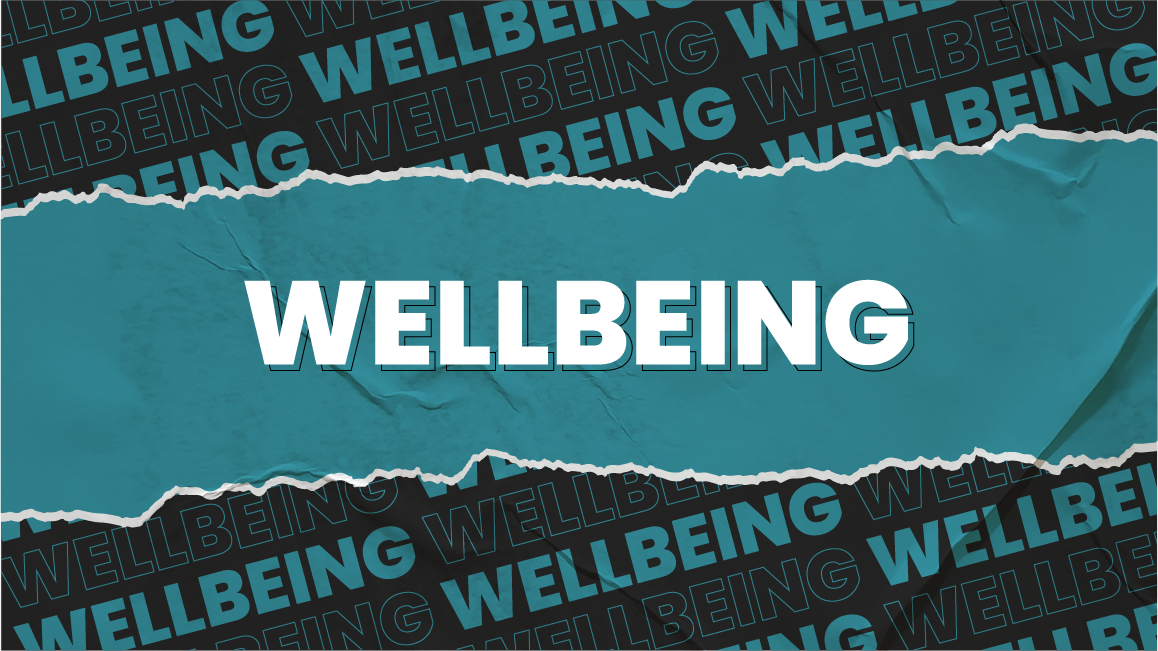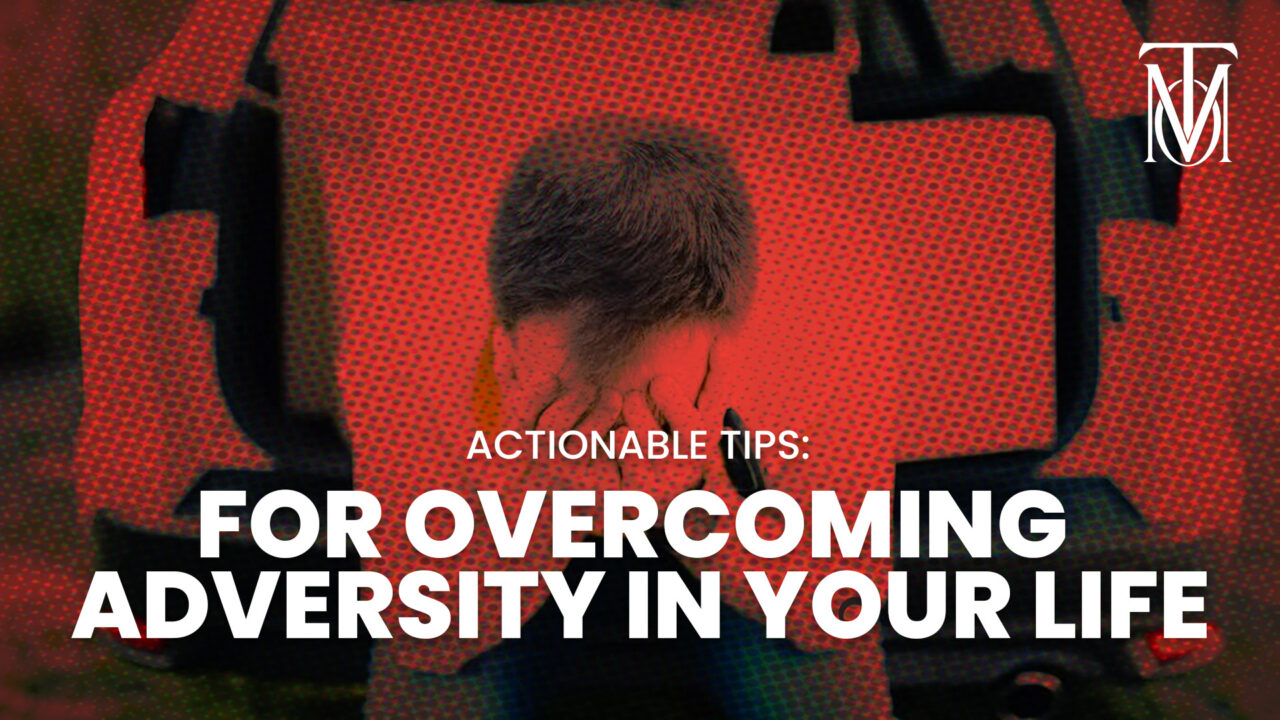Making choices is a constant in life. Every day, you must decide if moving straight ahead or to the right/left is the wisest course of action.
There are specific methods for preparing for good decision-making in stressful and time-sensitive situations. One should be wary of forced priorities that are frequently thrown at us. Investing time in reaching the objectives of others is the last thing you should do in your twenties (or at any age).
Making decisions is extremely tough when life is moving at a breakneck pace, with split-second decisions and time running out. Often, it’s just a matter of taking a step back and weighing the advantages and downsides, which may include making some major lifestyle changes.
Make these seven things a regular part of your routine and your decision-making troubles will vanish…
“We all make choices, but in the end, our choices make us.” — Ken Levine
What Is Decision-making?
The act of selecting decisions based on information evaluation is known as decision-making.
Hiring managers and recruiters want individuals with time management skills and abilities so that they may contribute more effectively to the company.
Employees confront several selections and alternatives during the workday, so they must make sound judgments.
Knowing how to make excellent, timely decisions, such as which projects to bid on and what markup will help you win a contract, can help you win a contract.
Why Is It Important To Improve Your Decision-making Skills?
Making decisions is a vital skill in the company, particularly for executives who seek expert advice also.
On a daily basis, it is also necessary for your previous job.
Some judgments are easy and nearly natural, while others may be quite tough.
Wrong judgments may have far-reaching implications that one must live with for a long time.
In everyday settings, we spend an extraordinary amount of time and energy making a selection and analyzing possibilities. Often, there are trade-offs and compromises.
Some individuals procrastinate and put off choices, while others have difficulties making even basic judgments such as what to eat from a restaurant menu, what clothing to wear, and what to buy.
Delay is a poor decision strategy for slowing down decision-making in order to maintain the status quo.
It is mostly used by sides in complex public policy arguments (though it may be used in other situations) who oppose change.
Some judgments must be taken fast, while others must be debated, analyzed, and weighed out over time.
Taking a stand is an essential ability for good management and leadership.
Some individuals are just not suited to leadership posts due to a lack of decision-making abilities.
7 Steps To Improve Decision Making
STEP 1: Determine the choice.
What is the challenge or opportunity that requires effective decision-making? It is critical to precisely define what you intend to accomplish, such as a particular requirement, etc. Identifying the choice to be made is a critical decision step that sets the stage for the subsequent processes.
STEP 2: Collect information.
So you know you need to make time management; now you need to understand more about cognitive biases. The tendency to make decisions or execute actions that are unknowingly unreasonable.
You will need information regarding the choice to do so. You’ll want to figure out what sorts of information you’ll need, how you’ll collect it, and how you’ll utilize it. You will go through the content and evaluate it. What you discover in this step will help you understand more about the problem and narrow down potential solutions to improve your decision-making skills.
STEP 3: Determine potential options.
Now comes the difficult part: identifying alternatives. Don’t be misled by the phrase “tricky.” It may just seem difficult since you will be limiting your possibilities. This is a great phase for some since it seems like you’re making progress from your study to recognizing patterns or prospects for an alternative.
STEP 4: Consider the evidence.
Weigh your alternatives using the information received and indicated alternative(s). Consider the influence of each choice on the result, including opportunities, risks, wrong decisions, people, and value alignment. Begin ranking the choices as you consider how each possibility can address the issue or provide an opportunity. Consider the possibilities, hazards, alternatives, prior experiences, and individuals, beginning with the best option, i.e. the one most likely to result in the desired outcome.
STEP 5: Select an alternative(s).
You’ve done your homework, weighed your alternatives, and are well-versed in the potential results. Now you put all you know, including the unknowns, on the table and determine which path to choose. You choose the finest better decision option (s). The next step is to take action and make it happen.
STEP 6: Do something.
That’s correct, you’ve applied the idea and made the chosen option a reality. Choosing an option without taking action would put the informed decision process on hold. Use the best practices, suggested actions and problem-solving skills, and proven important success elements that you discovered when collecting information, choosing an alternative, and analyzing the evidence.
Use the data to develop the metrics that will be used to analyze and monitor action performance over a split-second decision, which will be useful during the review process.
STEP 7: Examine.
The review stage is the last phase in the decision-making process, and it is here that you will determine whether or not the particular conclusion answered the issue or opportunity you recognized originally.
Using metrics to assist measure and monitoring performance, check to see whether the result was fulfilled or not within the period specified. If you were successful, congratulations; you’ll want to reflect on what went well, any problems, and the lessons learned.
If not, you may need to investigate why the result was not attained and repeat it. If the conclusion is unfavorable, you may wish to return to the previous step of the making-decision process to acquire additional information and consider other options, i.e. a “Plan B.”
Final Thoughts:
For teenagers, students, working professionals, employers, and specialists, becoming a smart decision-maker is a must. Just like a bodybuilder needs time to strengthen his muscles and become shredded, your brain requires time to learn, adapt, and apply smart making-selection methods.
You are wrong if you expect to be able to make a good judgment based on this list tomorrow. Making smart judgments is like running a marathon. The quicker you attempt to run, the wearier you will get, and you may not even reach your objective.
















